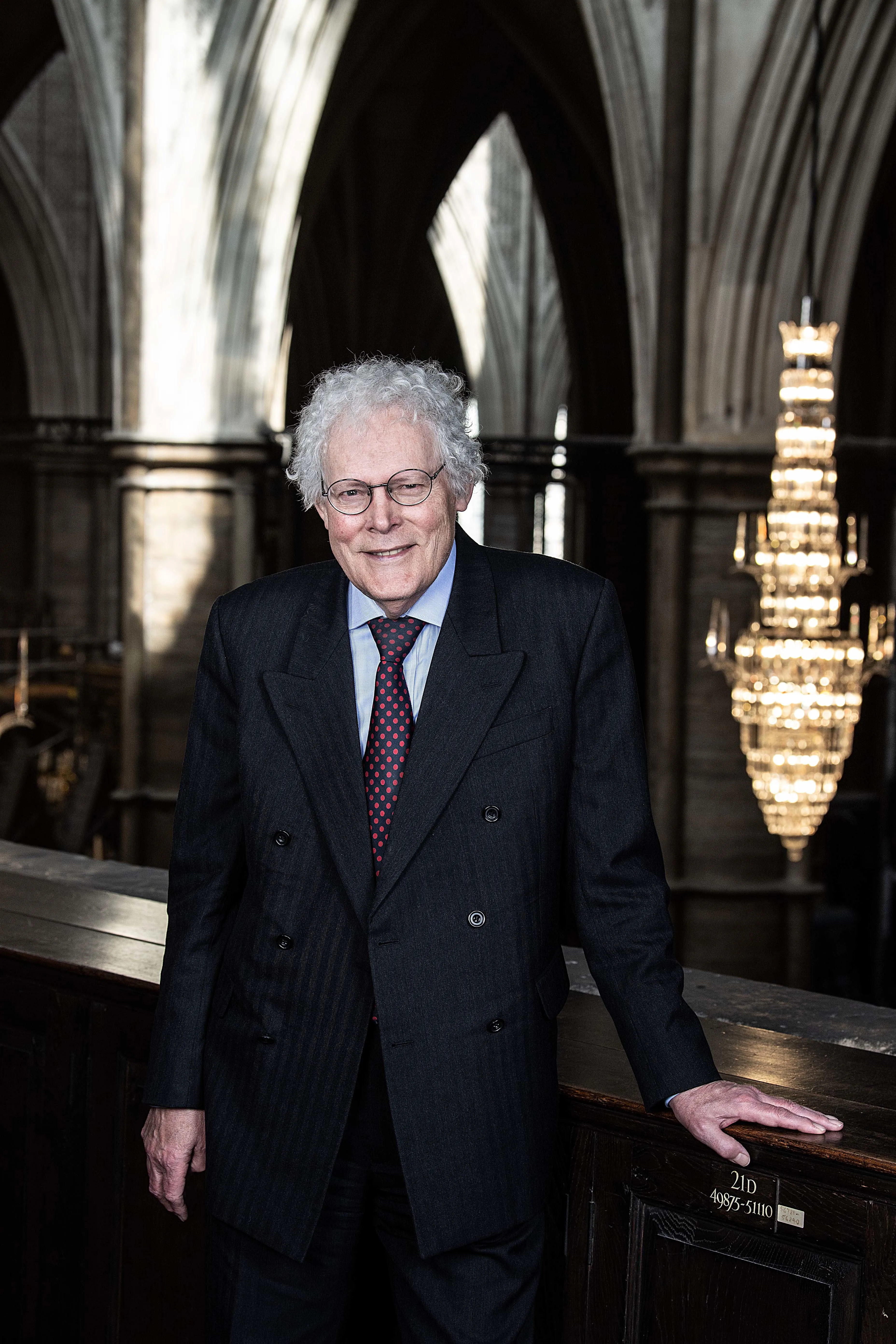 Dr David Carpenter today, pictured at Westminster Abbey (Image credit: Damien McFadden)
Dr David Carpenter today, pictured at Westminster Abbey (Image credit: Damien McFadden)
The second day for which I have a string of memories is, of course, that of the Coronation. No.2 Little Cloister was a house built after the war to replace one damaged in the bombing. The architect, Lord Mottistone, had a very exaggerated idea of what was affordable in post-war conditions on a canon of Westminster's salary, for the house had backstairs for the servants and had a servants' room with bells. We used the room for most of our meals and there we had breakfast before the service. Our party consisted of Nanny and Grandad (my father's much-loved parents) and my cousin Gillian, daughter of my father's brother, Harry. (My mother could not come as she was pregnant with my brother Paul). Security was quite tight and I still have a pass, signed by the Dean, but filled in by my father allowing 'the bearer' to proceed to the Little Cloister on Coronation Day.
I had been dressed for the day in red trousers and a cream shirt with a bow tie. In the Abbey we had splendid seats high up in the north transept. (As at many previous Coronations, stands had been built up in both transepts to give the congregation a better view). Only subsequently have I realised how good the seats were, for they were central and thus we could see all the 'action', whereas if they had been further to the left the actual crowning would have been obscured. On the left, on the ledge of the triforium, someone had placed their top hat.
It was a long service for a six year-old and my grandmother kept me going with small toasted sandwiches. I was so small that sitting down I could not see very much and my grandparents told me to stand up at key moments. Thus it was that, gripping the rail in front of me, and telling myself 'remember this', I saw the crown descending on the Queen's head. There seemed an awful lot of ceremonial after the crowning (I realise now it included the acts of homage). When finally it was over, we stood outside the Abbey and watched coaches depart before we all went to a buffet in Tothill Street.